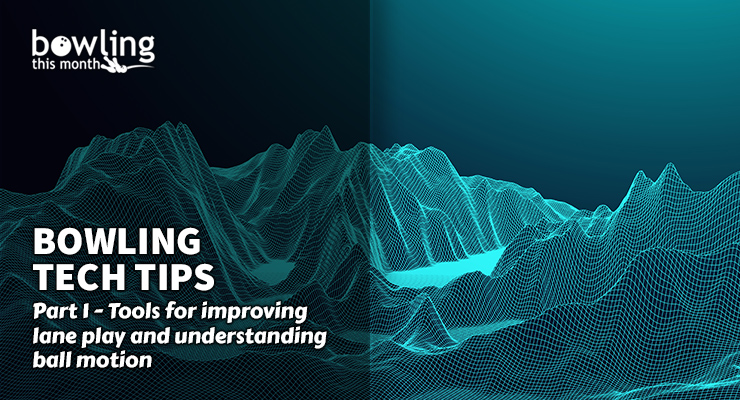Article Contents
- 1. Three influences on ball motion
- 1.1. The first 20 feet
- 1.2. The middle 20 feet
- 1.3. The final 20 feet
- 2. The first tool
- 2.1. Bowling is all about friction
- 2.2. Making adjustments
- 3. Learning tools
- 3.1. Bowling ball surface scanner
- 3.2. Tenpin Toolkit
- 3.3. Bowling This Month
- 3.4. Additional apps
- 4. Some final tips
- 5. Summing it up
Note: This article is only available to Bowling This Month subscribers.
In this series, we will explore the use of technology to improve your bowling game more quickly. We will be looking at some of the best methods along with the available tools and apps. These can be combined to give you more information and to give you the knowledge to make the right decision more often and more quickly.
In this first article, we will cover one of the most challenging topics: ball surface and surface management. This topic is often misunderstood or ignored, but it is very hard to learn. We’ll cover a process for understanding ball motion as the ball travels down the lane, and we’ll look at what apps are out there to help you.
Three influences on ball motion
The three main influences on a bowling ball traveling down the lane are:
- coverstock material type and surface roughness,
- the core or weight block and the layout being used, and
- the bowler’s release characteristics.
All three of these components influence the ball’s motion, but not in equal ways. In fact, the relative importance changes as the ball travels down the lane. Let’s say we divide the lane into three 20-foot sections. Generalizations are not normally my approach, but they can help to simplify complicated topics like ball motion. I believe the following description to be a good estimation of what is happening when a bowling ball is traveling down the lane:
- The coverstock type and surface roughness have the greatest influence in the first 20 feet.
- The core type, shape, density, and layout have the greatest influence in the middle 20 feet.
- The bowler’s release has the most influence in the final 20 feet.
The first 20 feet
The ball is traveling at its fastest speed after it has been released. During the first 20 feet, the ball also encounters the most oil it ...
Already a premium member? Click here to log in.


 (Only
(Only 